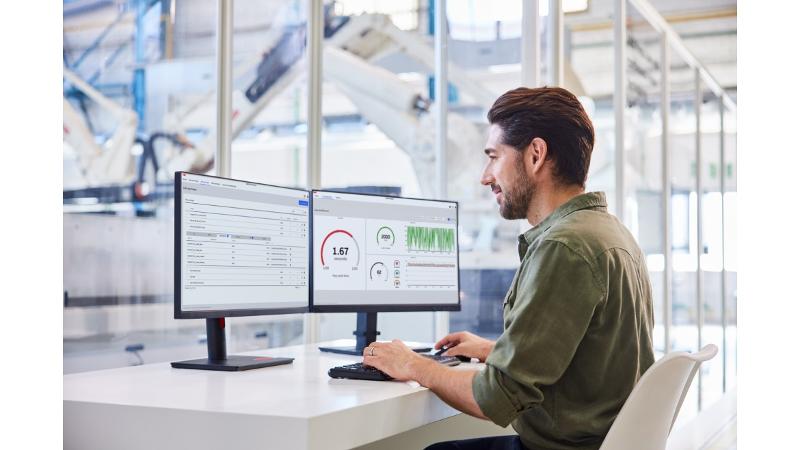Welcome to my guide on embracing the power of robotics and staying up-to-date with the latest technological advancements. In this article, I will break down complex concepts and provide actionable advice to help you unlock the potential of robotics in your life.
The Evolution of Robotics
Explore the fascinating journey of robotics and how it has evolved over the years.
From the early days of simple automated machinery to the advanced and intelligent robots we see today, the field of robotics has come a long way. The evolution of robotics can be traced back to the invention of the first programmable machine by George Devol in the 1950s.
(Minor heading: The Emergence of AI-Driven Robots)
Fast forward to the modern era, powerful advancements in artificial intelligence and machine learning have revolutionized the capabilities of robots. Today, state-of-the-art robots are designed to adapt, learn, and perform complex tasks with remarkable precision.
(Minor heading: Application Areas of Robotics)
Robots are making their presence felt across various industries, including manufacturing, healthcare, agriculture, and even space exploration. They are enhancing productivity, assisting in delicate surgical procedures, automating repetitive tasks, and enabling breakthrough scientific discoveries.
Pros and Cons of Incorporating Robotics in Daily Life
Discover the advantages and potential downsides of integrating robotics into our day-to-day routines.
Introducing robots into our daily lives offers numerous perks and possibilities. (Minor heading: Advantages of Robotics Integration)
Besides automate boring and repetitive tasks, robots it eliminates human error and enhance efficiency and precision in completing complex tasks. They can be valuable assistants to humans, freeing them to focus on more creative and critical endeavors.
However, it is essential to consider the potential downsides of relying heavily on robotics. (Minor heading: Potential Disadvantages to Be Aware of)
As the field of robotics advances, it raises concerns about privacy, security, and the risk of job displacement. Striking the right balance between human labor and automation is crucial to ensure a sustainable and equitable future.
Robotics: Transforming Education and Research
Discover how robotics is revolutionizing the education sector and enabling cutting-edge research opportunities.
The integration of robotics in education is redefining the traditional learning landscape, sparking curiosity, and fostering critical thinking skills. (Minor heading: Enhancing the Learning Experience)
By engaging students in hands-on robotic projects, they gain practical knowledge in science, technology, engineering, and mathematics (STEM) while also developing problem-solving abilities and teamwork.
(Minor heading: Advancing Research through Robotic Innovation)
Beyond education, the advancements in robotics are propelling groundbreaking research in various fields. Robotics is enabling scientists to explore harsh environments, conduct precise experiments, and ultimately expand our understanding of the world.
(Ending transition: Embrace the Opportunities)
As robotics continues to redefine industries, daily life, and education, we find ourselves at the cusp of transformative innovation. This article is your gateway to tapping into the immense potential of robotics and embracing the future of technology.
Conclusion
In conclusion, robotics has emerged as a powerful force in our evolving technological landscape. The field has witnessed remarkable advancements in recent years, ushering in a new era of intelligent machines that are transforming various industries and aspects of daily life.
As we continue to embrace the potential of robotics, it is important to navigate the advantages and disadvantages thoughtfully. Striking a balance between human touch and automation is vital to ensure a sustainable and equitable future.
Moreover, robotics is shaping education by offering immersive learning experiences and fostering skills critical for the future workforce. Simultaneously, researchers are leveraging robotics to push boundaries and make groundbreaking discoveries.
Embracing robotics means embarking on a journey of innovation, endless possibilities, and transformative solutions. As technology continues to evolve, let us harness the power of robotics to create a better, more efficient, and inclusive world.
FQA :
What are the potential applications of robotics?
Robotics finds applications in diverse industries, including manufacturing, healthcare, agriculture, and space exploration. Robots have the potential to enhance productivity, automate tasks, and enable scientific breakthroughs.
Should businesses consider integrating robotics into their operations?
Integrating robotics can offer numerous benefits for businesses, such as enhanced productivity, efficiency, and precision. However, careful analysis of the specific needs, cost-benefit analysis, and consideration of potential job displacement is important before incorporating robotics.
How is robotics shaping the future of education?
Robotics is revolutionizing education by providing hands-on learning experiences, fostering critical thinking, and enhancing STEM education. Through robotics projects, students develop valuable skills and gain practical knowledge applicable across various industries.
What are the potential downsides of relying on robotics?
While robotics offers several advantages, it also raises concerns about privacy, security, and workforce displacement. Striking a balance between automation and human labor is necessary to mitigate these downsides and ensure a sustainable future.

